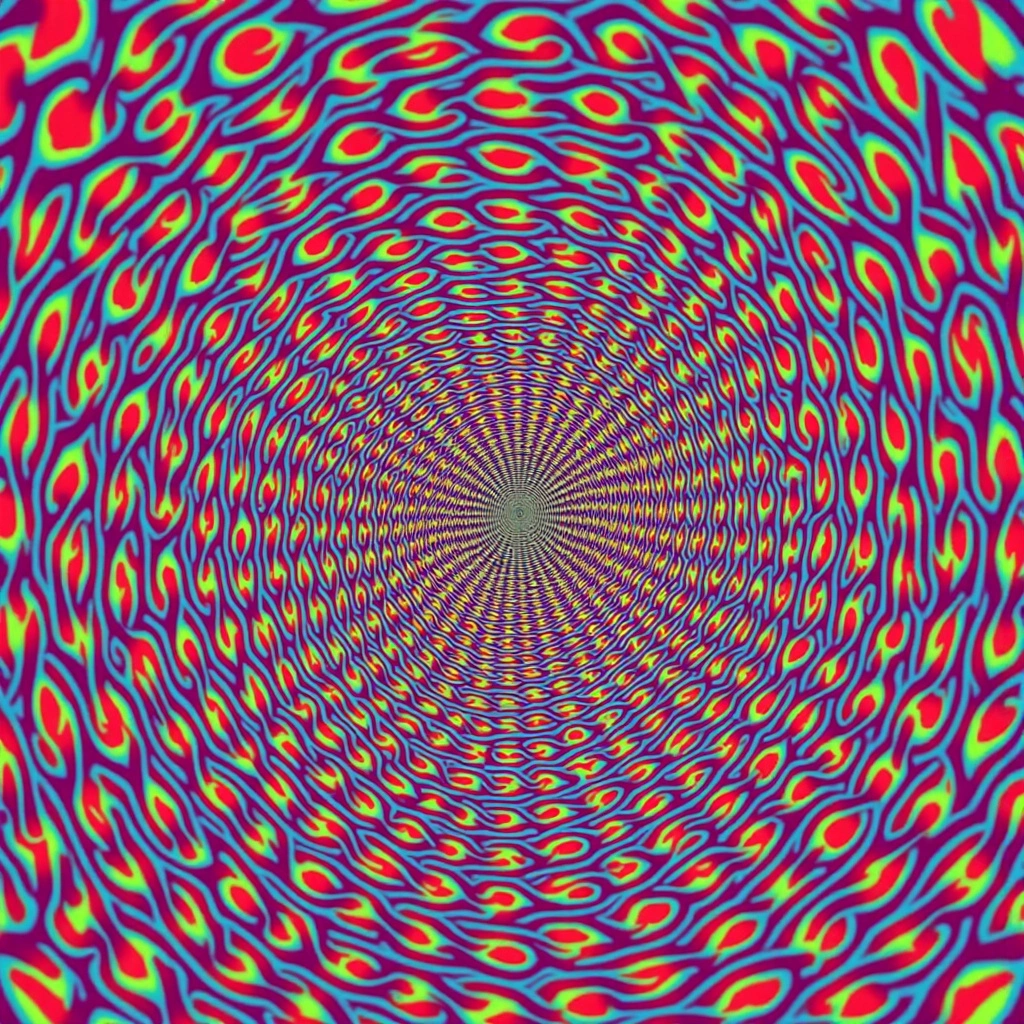
Tool
flux_devPrompt
urious as to how certain irrationals called "schizophrenic numbers" can present long (theoretically infinitely long) repeating (i.e. clearly non random) patterns. One particular number is mentioned here (https://www.mathpages.com/home/kmath404.htm) and on Wiki via, for any positive integer n let f(0)=0 and f(n) denote the integer given by the recurrence f(n)=10 f(n-1)+n, then specifying f(49) (i.e. 12345679012345679012345679012345679012345679007) which square root's base 10 digits to a few hundred decimal places (less the decimal here) =
Clearly non-random, sort of pseudo-rational. As long as n is odd, the larger n is, the longer the repeating patterns in sqrt(f(n)).
I've done further testing (fooling around) and it appears this is true for any base. I.e., let f(0)=0 and f(n) = f(n-1)*BASE+n. Then present sqrt(f(n)) in that BASE and there will be improbable numbers of repeating patterns (as long as n is odd).
It seems that the larger the BASE, the more glaring the effect.
For example, in base 256. With all "digits" expressed as hex values,
f( 269 ) =
It continues on in this way for at least another 2000 (base 256) digits, never did reach the end in my test program.
I'd appreciate some mathematical explanation of the weird phenomenon.
Recent creations from 

minnie